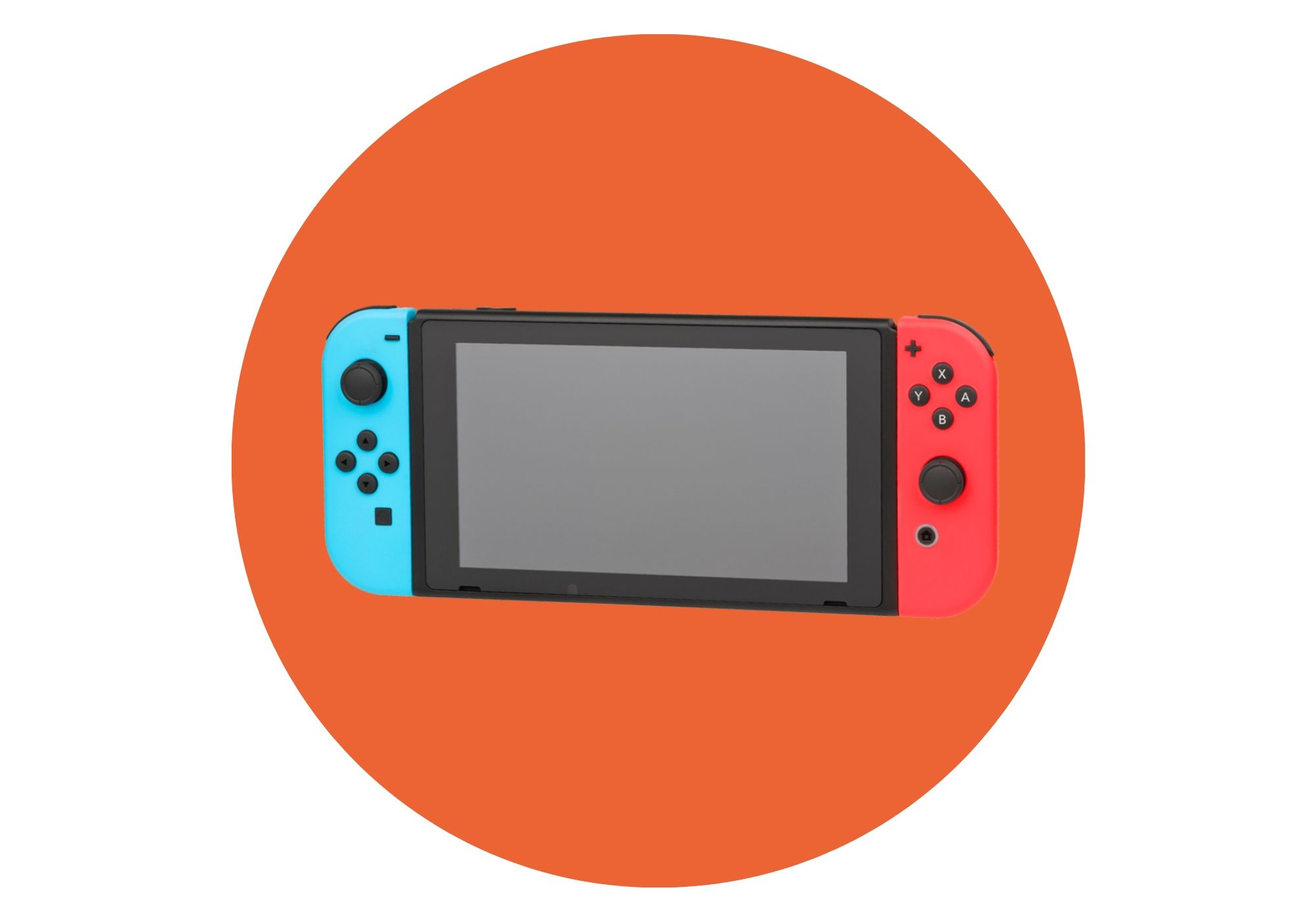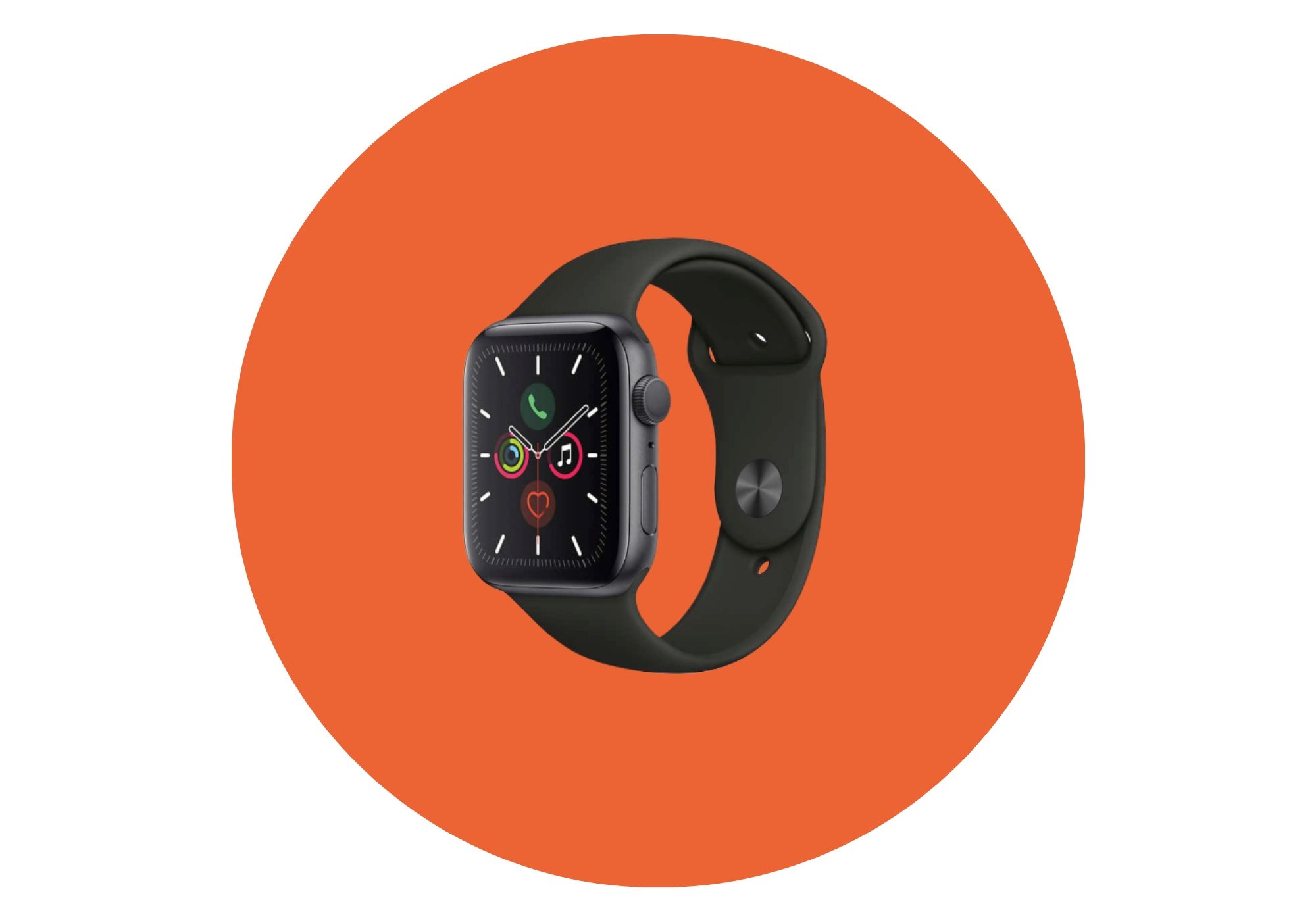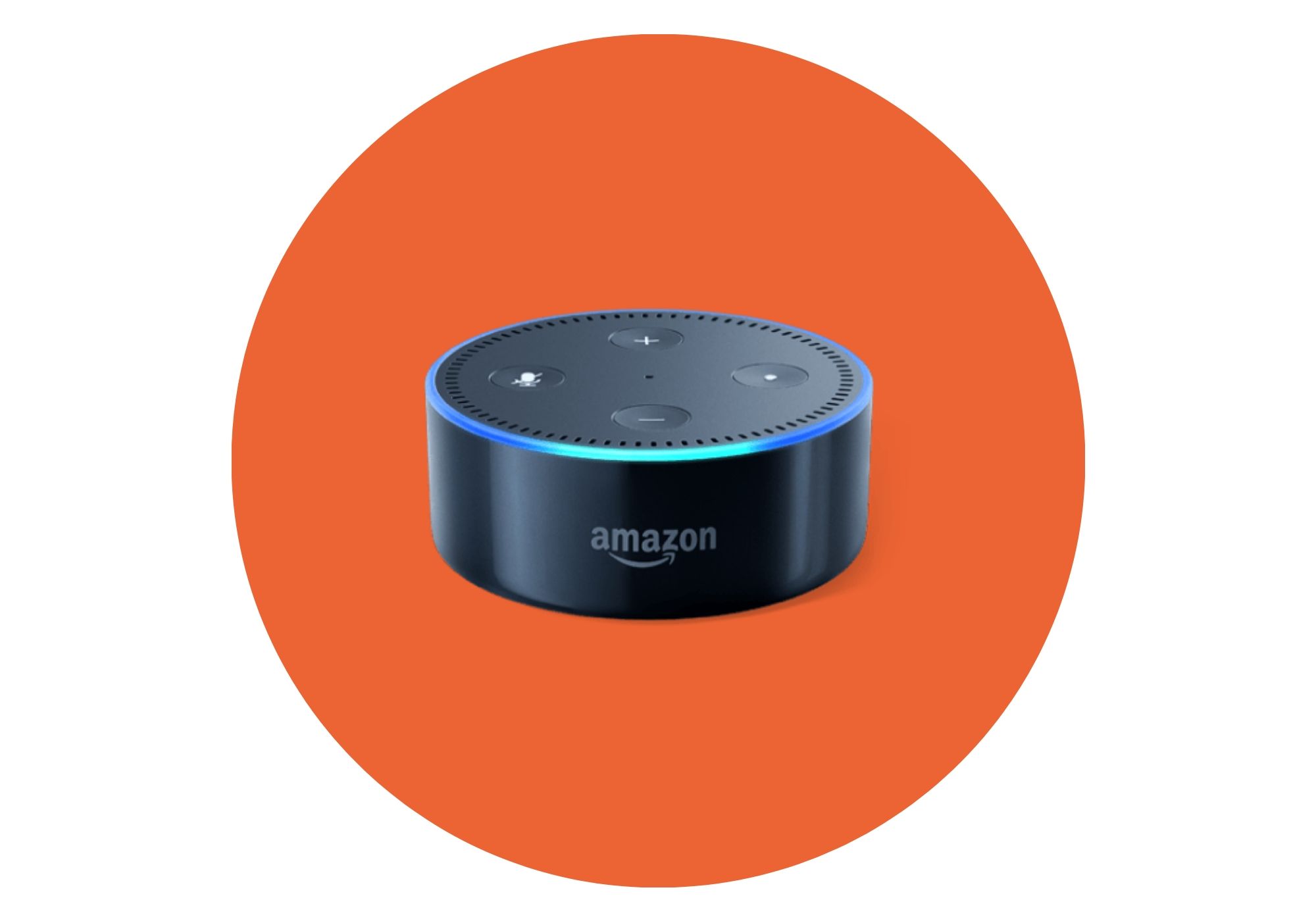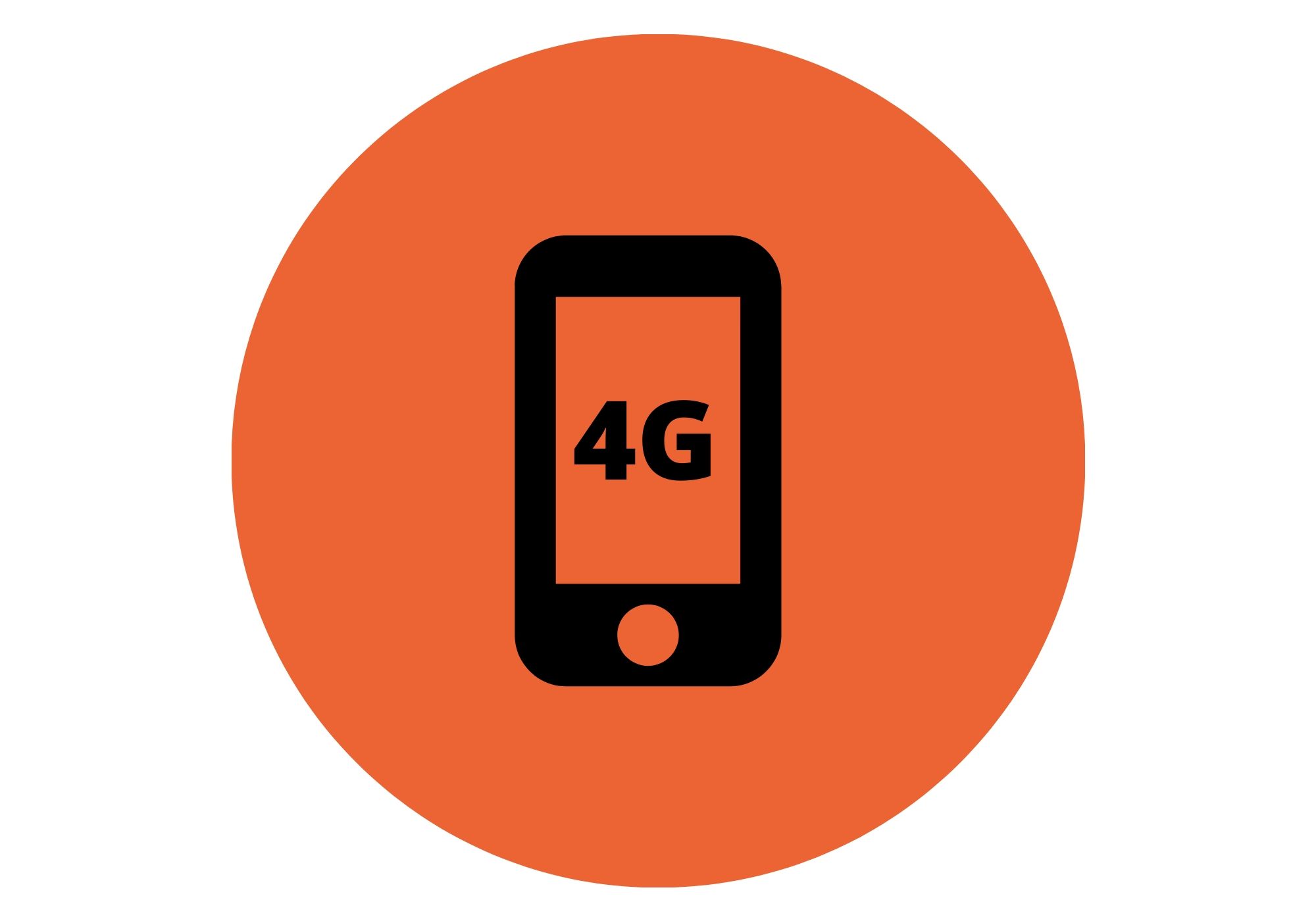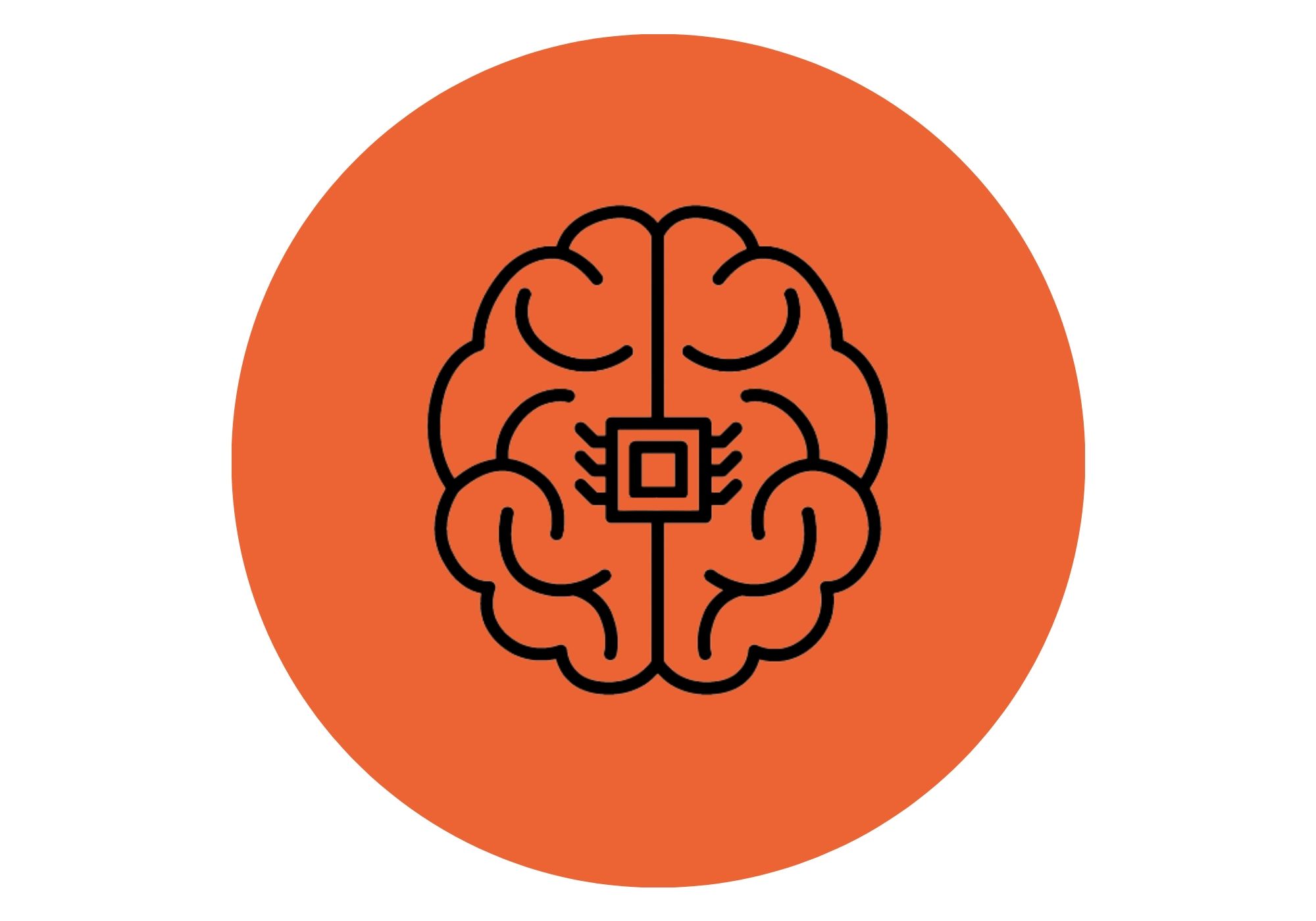What are the 5 latest technologies?
Technology has changed a lot in the last ten years, and probably in ways we could not predict.
In Blade Runner, Ridley Scott imagined 2019 to be a dreary dystopia with replicant clones and flying cars. In Back to the Future II, the year 2015 was filled with self-tying laces and hover-board transportation. And in 2006, some tech experts predicted that iPod users would switch to Zune in the decade to come.
While these predictions remain the stuff of science fiction (or just wrong), the last decade has seen some incredible, world-changing innovations that have forever altered our relationship to our gadgets and technologies.
Yes, many of these technologies have been met with fear and controversy, but most of them have done a lot of good for the world. So, as we move into a new decade, we want to stop and celebrate the good that our technologies have brought to our lives, societies, and cultures.
Without further ado, let’s look back at the top 10 technologies of the last ten years to see what technologies have changed our lives and how our hard work in tech has shaped this new decade to come!
Applied Machine Learning: Deep Learning for Industry
10. Raspberry Pi (2012)#
The community of developers fell in love with this tiny Linux computer as soon as it hit the market. This small-but-powerful device has encouraged people of all ages to get involved with the creative aspects of programming through its blank slate, DIY functionality.
Developers and hobbyists who have struggled to access the hottest technologies were able to start tinkering on projects for just $40 with this powerful device. Since its release, initially marketed as an educational device, it has sold over 12 million units globally.
Raspberry Pi has become a kind of mascot for the Internet of Things, demonstrating that simple technologies can be harnessed for world-changing projects when put in the hands of the people. Some engineers have even said that Rpi is the future of computing devices.
Raspberry Pi’s evolution into an AI edge platform#
Originally known as an affordable tool for hobbyists and education, the Raspberry Pi has continued to evolve. The launch of Raspberry Pi 5 and integrated AI accelerators has turned it into a key player in the edge computing and IoT space. Developers now use Pi boards not just for DIY projects but also for deploying lightweight AI models, robotics control, and real-time sensor processing at the edge.
9. Gaming: Nintendo Switch (2017), Oculus VR (2012), Xbox Adaptive Controller (2018)#
The last decade has seen a significant shift in gaming technologies.
The Nintendo Switch reimagined a vibrant future for gamers by making games accessible, portable, and social. The smartphone inspired portability allows gamers to connect and share their favorite games on a much larger scale.
The Switch also offers a space for vintage games and independent game engineers to share their work with the world.
The Oculus VR headset has also redefined gaming by taking the concept of the Wii to the next level.
Beyond the popular Oculus Rift games, this technology has also inspired artists and engineers around the world to make creative projects, like The Library of Ourselves or Apple’s [AR]T Walk app.
Though there is still much work to do on VR, virtual, mixed, and augmented reality technologies have the potential to redefine the culture of video gaming by integrating art and body in virtual spaces.
The Xbox Adaptive Controller also marks an important shift in gaming culture by accommodating a need that has long been ignored in the industry. Microsoft worked alongside the Cerebral Palsy Foundation and AbleGamers Charity to create a controller that removes barriers for gamers with limited mobility.
The controller is not only a slick and beautiful piece of technology, but it also marks a changing standard that favors a more inclusive space for everyone.
8. Streaming services (~2016)#
The popularity of streaming has skyrocketed in the past ten years, and dozens of companies are jumping on the bandwagon. Amazon Prime, HBO, NBCUniversal, Hulu, Netflix, Disney+, and more. Suddenly, media and content has become more accessible than ever, and it has forever changed the history of cable TV.
Streaming services empower viewers to personalize their programming from a massive library of content that is far less economically invested third-party advertising to succeed.
Streaming services have also made independent work, short-run series, and diverse filmmaking more accessible to wider audiences. Though these developments have not met without complication or controversy, it is undeniable that streaming services have brought a lot of joy to millions of film lovers around the world.
Streaming enters its second era#
The 2010s marked the rise of streaming platforms, but the 2020s have ushered in a new era of consolidation and innovation. Facing saturation and subscriber fatigue, major services introduced ad-supported tiers, password-sharing restrictions, and cross-platform bundles to stay competitive. The result is a more mature, profitable streaming landscape, where personalization, live sports, and interactive content are central to user engagement.
7. Wearable technologies#
Wearable technologies have proven far more popular than anyone anticipated, from the FitBit (~2009), to the widely popular AppleWatch (2015), to Google Glass (2013).
These technologies mark a shift into an era once thought only to be the stuff of science fiction: technology is now integrated with our active lives.
These fitness and lifestyle tracking devices have helped millions of people stay fit and meet exercise goals in a way that is unobtrusive to an already busy life. The AppleWatch has also shown the potential to revolutionize shopping by making ApplePay easier than ever.
Similarly, experts predict that AR glasses like Google Glass will be the next big trend of the 2020s. Who knew these little devices would prove so useful.
XR takes over where wearables left off#
Early experiments with smart glasses like Google Glass laid the groundwork for today’s extended reality (XR) ecosystem. In 2025, AR, VR, and MR are merging into powerful platforms with both consumer and enterprise impact. Devices like Apple Vision Pro and Meta Quest 3 are pushing spatial computing forward, while industries from healthcare to manufacturing are deploying XR for training, simulation, and remote operations. Wearables haven’t disappeared — they’ve evolved into full-fledged computing interfaces that blend physical and digital experiences.
6. Alexa and Amazon Echo (2014)#
Personal voice assistants have become a common gadget in many homes across the globe. In fact, nearly 100 million Alexa devices have been sold as of 2019.
These little devices have helped millions of people with their day-to-day lives and busy schedules. This gadget has also been shown to make driving safer.
Though we’re not quite at the frightening predictions of Black Mirror’s Cookie technology, this tech has proven very controversial. The conversation around Alexa and Amazon Echo devices has propelled us into the important discussion about privacy and data collection.
These technologies don’t only bring us genuine lifestyle benefits, but they have also forced us to confront the ethics of our technologies.
5. Tesla Model S (2015)#
This electric-powered car has reshaped the trajectory of the industry by setting a new standard for battery-powered transportation, helping to reduce emissions and a reliance on fossil fuel industries.
The slick design of the Tesla Model S has also challenged the idea that electric cars are “uncool” or a distant dream of the future.
Though the Tesla remain financially inaccessible for many people, it’s an important moment that marks a shift into a new era of transportation innovation.
EVs move from niche to mainstream#
The Tesla Model S was a game-changer in 2015, but the electric vehicle market has since exploded. By 2025, EVs are expected to represent over 25% of global vehicle sales, driven by rapid battery improvements, falling costs, and expanded charging networks. Virtually every major automaker now has a dedicated EV lineup, and advances in autonomous driving are bringing us closer to a fully electrified, software-defined transportation ecosystem.
4. 4G LTE#
4G LTE has likely been the largest jump into a new generation of smartphones and their importance for our day-to-day lives. The capacity for mobile streaming, hotspots, and real-time apps has forever changed our reliance on smartphones, opening the door for things like Rideshare apps.
4G LTE has altered the way we do business, the way we engage with long-distance loved ones, the way we learn about world news in real-time.
News and journalism has forever been changed by 4G by putting the world at our fingertips in an unprecedented way. We are curious, nervous, and excited about the transition into 5G that we will see in the next decade.
Smart assistants evolve into AI companions#
The early 2010s were about smart speakers and basic voice assistants. Fast forward to today, and platforms like Alexa+, Google Gemini Assistant, and OpenAI’s ChatGPT Voice are deeply integrated into daily life. These assistants don’t just set reminders — they manage workflows, automate tasks, generate content, and engage in complex conversations. Amazon’s pivot to generative AI-powered Alexa+ exemplifies how voice technology has transformed from a novelty into a highly capable digital companion.
The rise of 5G and beyond#
While 4G LTE was a defining mobile technology of the 2010s, the world has since moved on to 5G — and even begun exploring 5G-Advanced. By 2025, 5G networks account for roughly a third of global mobile connections, enabling ultra-low-latency applications like autonomous vehicles, industrial automation, and AR-powered experiences. Its rollout has transformed sectors far beyond smartphones, powering everything from real-time robotics to immersive remote collaboration.
3. iPad and Tablets (2010)#
For a while, tablets seemed like something out of our sci-fi fantasies, but the last decade has proved that personal, touchscreen computing is the future of technology. The development of the tablet, particularly the iPad, set the tone for the innovations of the decade we just experienced.
When Apple released the iPad, Steve Jobs said that it would be “an entirely new category of devices that will connect users with their apps and content in a much more intimate, intuitive and fun way than ever before.” It turns out, he was right.
Tablets have made computation accessible and adaptable to different lifestyles.
Tablets are integrated with many educational practices. They are used by children for learning at early ages.
They are used by thousands of graphic designers and professional artists.
The tablet appears to the future, and it has brought with it an unexpected benefit and ease to our lives.
2. Microsoft Azure and Cloud technologies (2010)#
The explosion of cloud software in the past decade was an unexpected and exciting one. Consumer products like Dropbox, Apple iCloud, Google Drive, and OneDrive have changed the core infrastructure of the internet, banking, and business.
The way we store information, send data, and do business have been altered at a base level by technologies like Microsoft Azure.
The workplace has become far more flexible, efficient, and productive through the access to a shared repository of data. Cloud technologies help reduce carbon footprints and empower people all around the world with accessible education.
The Cloud has transformed the world by altering the way we think about information. Who knows where it will take us in the next ten years!
The cloud becomes intelligent and decentralized#
Cloud computing transformed software delivery in the 2010s. In the 2020s, the focus has shifted toward intelligent, distributed cloud infrastructure. Innovations like edge computing, serverless platforms, and sovereign clouds allow organizations to process data closer to where it’s generated, reduce latency, and meet stricter data governance requirements. Meanwhile, GPUs and AI accelerators have become first-class citizens in the cloud, enabling massive-scale training and inference for modern AI applications.
1. AI, Natural Language Processing, and Deep Learning#
Though they have brought with them fears of the Singularity or an iRobot-inspired invasion, AI, natural language processing, and deep learning technologies have proven some of the most important investments for this next decade.
Not only have these developments inspired philosophical and ethical conversations, but they have also changed dozens of industries for the better.
AI has aided in space exploration, transportation solutions, manufacturing, media, healthcare, education, and more. AI has inspired a new wave of artistry through projects like Deep Dream Generator and Experiments with Google.
These technologies have a transformative impact on our future. The way in which we invest in them now has a lot of say over the decade to come.
From machine learning to generative AI#
The 2010s were the decade when machine learning went mainstream. The 2020s, however, belong to generative AI. Large language models like GPT-4 and Claude, multimodal systems that handle text, vision, and audio, and agentic AI workflows are reshaping industries. AI now assists with code generation, creative tasks, scientific discovery, and decision-making — evolving from a background utility to a central force in innovation.
Honorable mentions#
- Video Object Tracking
- Rideshare apps (~2011)
- Changes in PII technologies (personally identifiable information)
- Health Monitoring technologies
- Blockchain Currency
- Drone technology
- The rise of podcasts
Regulation, privacy, and safety move to center stage#
The rise of powerful technologies has brought new challenges around data privacy, AI bias, and regulatory compliance. From GDPR and CCPA to emerging AI governance frameworks, regulation now shapes how companies build and deploy technology. Developers are expected to consider fairness, transparency, and accountability — not just performance — as part of the development process.
Wrapping up#
That’s it for our list of top technologies of this decade! Congratulations to all of you who worked on these projects.
We know that many of you have some even more amazing technologies already in the works.
We at Educative can’t wait to see how your work will shape the 2020s!
Happy innovating!

